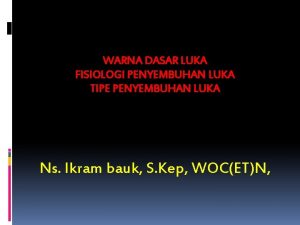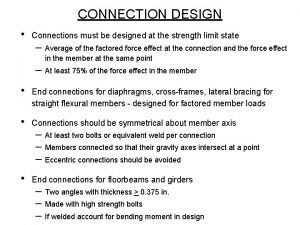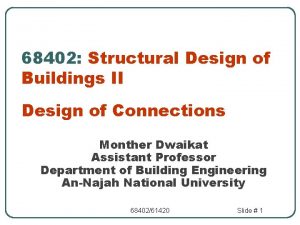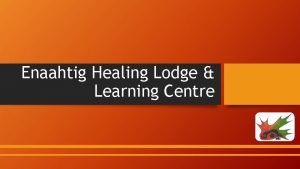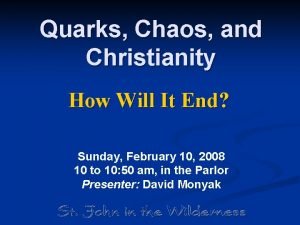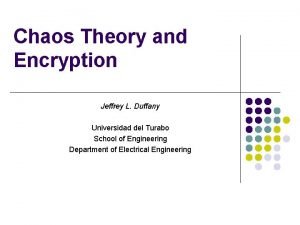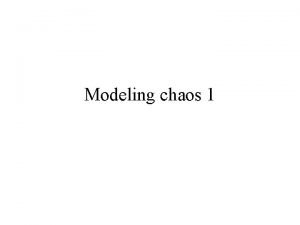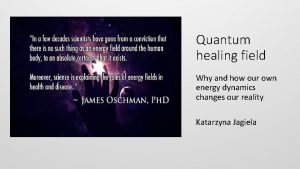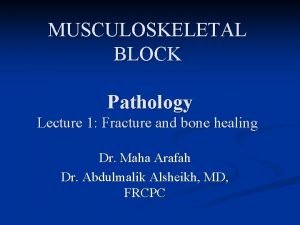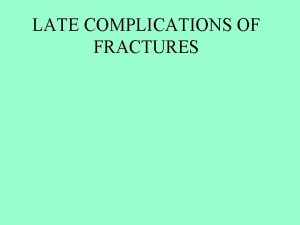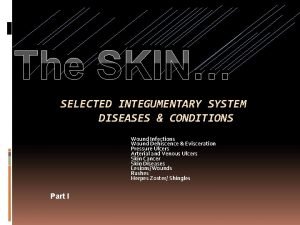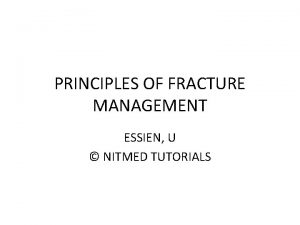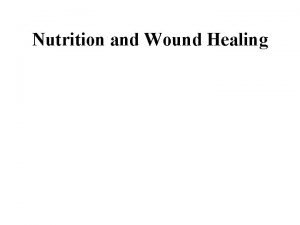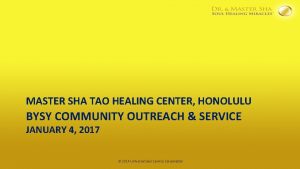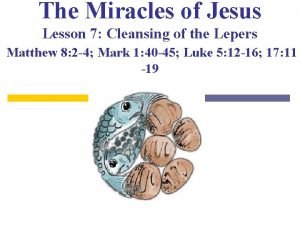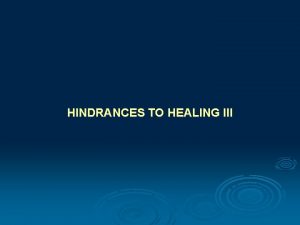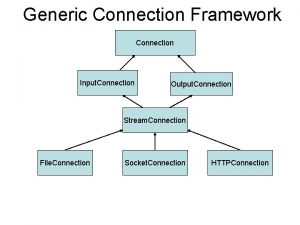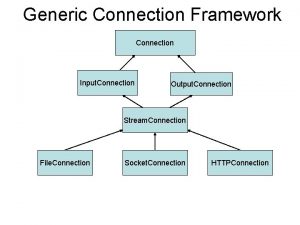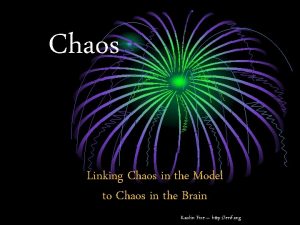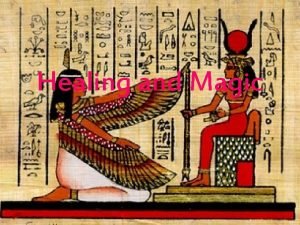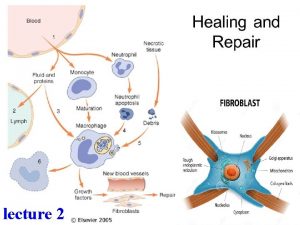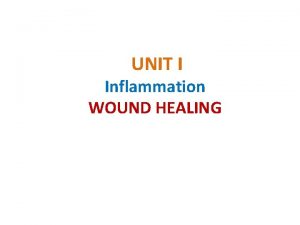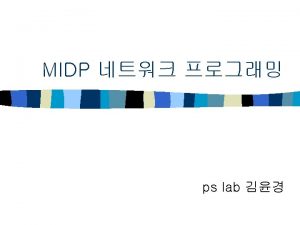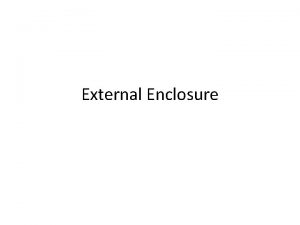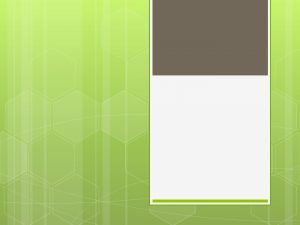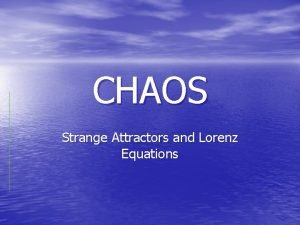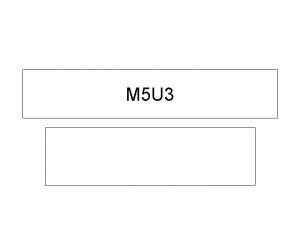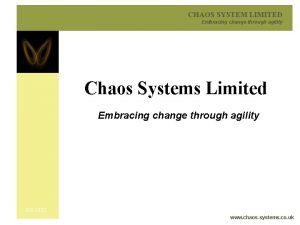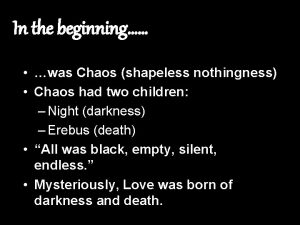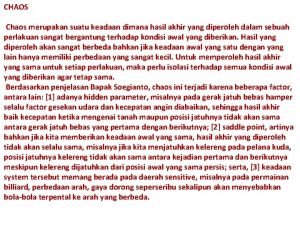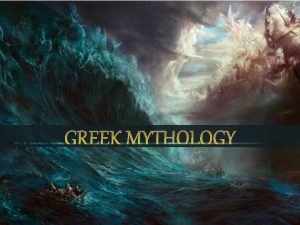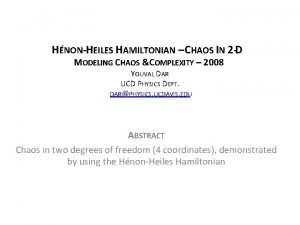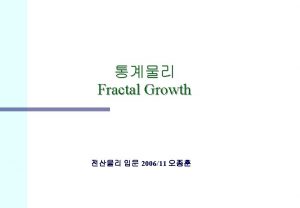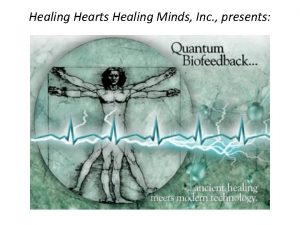Healing intention and external qi the chaos connection











![daoyin “[Way of] guiding and pulling” daoyin “[Way of] guiding and pulling”](https://slidetodoc.com/presentation_image/9943692ea81b58819df480190d2513df/image-12.jpg)













![Heartbeat interval data during different phases of the intervention session [45 min. ] Heartbeat interval data during different phases of the intervention session [45 min. ]](https://slidetodoc.com/presentation_image/9943692ea81b58819df480190d2513df/image-26.jpg)
















- Slides: 42

Healing intention and external qi: the chaos connection A new therapeutic perspective (c) Copyright reserved Christopher Low Ph. D.

‘Only if you have chaos in you can you give birth to a dancing star’ (Nietzsche)

Aims of presentation • What is external qi? • What is healing intention? • New data on physiological impacts of intention during daoyin healing (RCT) • The need for a new therapeutic and research paradigms

Internal vs. External Qi Internal External • Health-promotion practices applied to oneself • One person is affected by the process i. e. ‘selfhealing’ is considered to occur • ‘ Therapy’ /’Healing’ given to another person or group • All participants are affected by the interaction, with the healer facilitating ‘healing’ in the others

• • Daoyin Qigong Taiji Needling Internal Qi Jingluo Zangfu San biao

External Qi • Proximal healing • Distant healing

Internal/External • Acupressure, M of H, ‘Qigong point massage’

v. Activity within a healing ‘space’ v. Feeling and sensation can occur v. Information exchange

Intention and will: the basis of intentionality ‘The thinking aspect of the mind is called intention. The function which fixates intention on things, we call the will. ’ (Lingshu 2. 14 a) Reference Ishida H (1989) Body and Mind: The Chinese Perspective. In Taoist Meditation and Longevity Techniques (Ed. Kohn L). First Edition. Ann Arbor, University of Michigan.

Daoyin tu (168 BCE. )

INTENTIONALITY: • Imagination - ‘mental’ daoyin • Physiological - ‘breathing’ daoyin • Form - ‘postural’ daoyin ‘Healing intention’
![daoyin Way of guiding and pulling daoyin “[Way of] guiding and pulling”](https://slidetodoc.com/presentation_image/9943692ea81b58819df480190d2513df/image-12.jpg)
daoyin “[Way of] guiding and pulling”

daoyin ‘yin’ also means: “to pull close and expel”

Daoyin and external qi • Mobilisation of qi • Physical separation • Implicit notion of a healing space • Effects on many levels from the extremely subtle to the mundane.

Tracking qi through the correlates of qi v v Electrical Biochemical Bioluminescence Consciousness

Investigating External Qi

Qi initiates movement and selforganisation

Key question: “Is there a way of thinking about qi which will enable us to bridge the gaps between the measurable certainties of clinical science, the embodied experience of ‘energy’ and metaphysical description? ”

Research question: Is it possible to track and map therapeutic agency (qi) quantitatively in the clinic?

External qi: the chaos connection • Many complex biological systems have the capacity for self-organisation • Newer approaches to physiology have found that this self-organising behaviour can be measured quantitatively • Some of these systems (eg heartbeat regulation) may respond to subtle impacts

Many complex biological systems have the capacity for self-organisation In recent years it has become possible using computer software to map fluctuations in physiological signals such as heartbeat intervals over extended periods of time. Far from being random ‘noise’ this dynamic behaviour can be shown to contain hidden rhythmic order embedded within it.

Self-organising behaviour can be measured quantitatively For example, Goldberger and Peng* have established that the rhythmic order of heart rate degrades to a more random condition in certain heart pathologies such as angina and congestive heart disease, and also with healthy ageing. This loss of order suggests that these complex rhythms are vital to health through maintaining the plasticity of our adaptive responses. * http: //reylab. bidmc. harvard. edu

May this process be impacted favourably by daoyin healing to enhance order /restore health? • In other words, may this subtle rhythmic order be sensitive to qi arising in the healing ‘space’ and therefore be used as a marker for healing? • A randomised baseline and placebo-controlled clinical study was conducted to investigate this question • therapeutic agency (qi) reputed to be associated with daoyin lies at the core of external Qigong healing, and could be similar to the placebo effect seen throughout the CAM and biomedical fields.


![Heartbeat interval data during different phases of the intervention session 45 min Heartbeat interval data during different phases of the intervention session [45 min. ]](https://slidetodoc.com/presentation_image/9943692ea81b58819df480190d2513df/image-26.jpg)
Heartbeat interval data during different phases of the intervention session [45 min. ]


Rhythmic order: how to quantify? Measure is ALPHA Type of behaviour • ALPHA = 0. 5 • Random - no order • ALPHA = 1. 0 • ALPHA = 1. 5 • Persistent rhythmic order indicative of self-organising process. Also exhibits property of self-similarity. • Random walk - weak short term correlations, with widely divergent range of values over time.

Short-term ‘memory’ of rhythm

Long-term ‘memory’ of rhythm

Creating space to reveal dynamic behaviour


Heartbeat locked into a pathological rhythm. This arrhythmia creates a stereotyped dynamic response as the attractor shows

A. 5 minutes before Daoyin healing

B. 5 minutes during Daoyin healing

C. 5 minutes during Sham Healing

D. Last 5 minutes of post-active phase

4 phases of whole session : A. 5 min. Before Daoyin B. Daoyin C. Sham D. Last 5 min. Of session

Issues for ‘external qi’ research • Receptivity to qi • Role of intention • Origin and persistence of external qi ‘field’ • Use of touch (in ECG procedure) • Is objectivity possible, or even desirable?

Shao, Zhang, Chen et al (2009) Effects of External Qi of Qigong with Opposing Intentions on Proliferation of Escherichia coli. J Altern Complement Med 15(5): 567 -571

Creating new therapeutic perspectives based on subtle energy ü Therapeutic agency (e. g. ‘External qi’, prana, ‘subtle energy’) is distinct from the specific active components of the treatment itself ü Focus is on maintenance of health, rather than symptom removal as the prime criterion of therapeutic efficacy ü Primacy of the Mind-Body Connection ü Role of intention in potentiating efficacy. ü Focus on top-down causation (wholistic)

References Low C J (2011) Systems theory: tracking and mapping healing with qi. In Energy Medicine East and West: a Natural History of Qi. Eds. Mayor D and Micozzi M S. 1 st Edition. London, Churchill Livingstone Elsevier. Qigong database www. qigonginstitute. org HRV Studies http: //reylab. bidmc. harvard. edu Qigong in Chinese Medicine www. singing-dragon. com Presenter: Christopher Low, Ph. D www. chrislow. net
 Healing by first intention
Healing by first intention Tertiary intention healing
Tertiary intention healing Text to text connections
Text to text connections Slip critical connection vs bearing connection
Slip critical connection vs bearing connection Slip critical connection vs bearing connection
Slip critical connection vs bearing connection Slip critical connection vs bearing connection
Slip critical connection vs bearing connection External-external trips
External-external trips Hroc target
Hroc target Local factors influencing wound healing
Local factors influencing wound healing Enaahtig north healing lodge
Enaahtig north healing lodge Concealed stab wound
Concealed stab wound Institute of health and healing
Institute of health and healing Doing good and healing all
Doing good and healing all Big crunch
Big crunch Chaos theory and cryptology
Chaos theory and cryptology Fractals and chaos
Fractals and chaos Global quantum healing
Global quantum healing Whakatauki about healing
Whakatauki about healing Perkins formula fracture
Perkins formula fracture Medicine in ancient india
Medicine in ancient india Marumali journey of healing model
Marumali journey of healing model Male
Male Myoisitis
Myoisitis Healing miracles of jesus
Healing miracles of jesus Healing is a process not an event
Healing is a process not an event Words of institution
Words of institution Paronychia healing stages pictures
Paronychia healing stages pictures 4 r's of fracture management
4 r's of fracture management Tandorosti
Tandorosti Wound healing nutrition handout
Wound healing nutrition handout Master sha
Master sha Bhaktamar mantra healing
Bhaktamar mantra healing Healing beyond borders
Healing beyond borders Types of inflammation
Types of inflammation Jesus healing the lepers
Jesus healing the lepers The healing garden tangerine therapy
The healing garden tangerine therapy Medical sheepskin healing
Medical sheepskin healing Jesus healing the lepers
Jesus healing the lepers The blind man of bethsaida.
The blind man of bethsaida. Jesus healing the lepers
Jesus healing the lepers Hindrances to healing
Hindrances to healing Dallas willard healing the heart
Dallas willard healing the heart Quantum edge healing institute
Quantum edge healing institute

